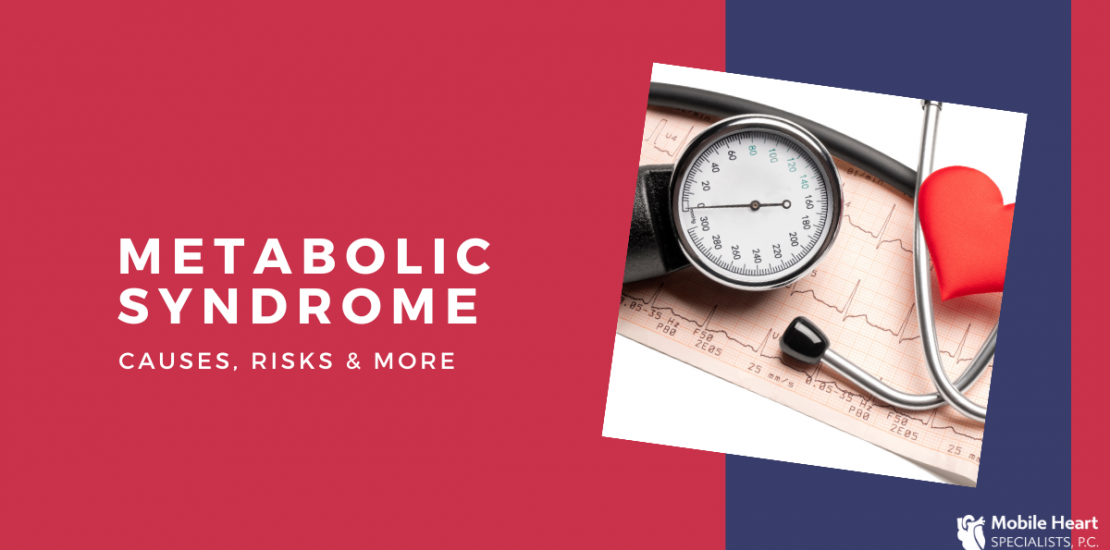- April 18, 2023
- Posted by: sabrina@salexanderconsulting.com
- Category: News


Johns Hopkins Medicine succinctly defines metabolic syndrome as “a condition that includes a cluster of risk factors specific for cardiovascular disease.” Here we discuss details about the five signs of metabolic syndrome, causes and risk factors, and how to reduce your risk of developing heart disease if you suffer from metabolic syndrome.
Five Signs of Metabolic Syndrome
Like we mentioned above, metabolic syndrome isn’t just one issue but rather a cluster of issues that combine and increase your risk of developing heart disease, diabetes, stroke and a number of other health problems. Metabolic syndrome is diagnosed when someone has three or more of the following risk factors:
- High blood sugar
- Low levels of HDL (aka “good”) cholesterol
- High levels of triglycerides (fat in the body)
- Large waist circumference
- High blood pressure
Causes & Risk Factors
The most common causes of metabolic syndrome is being overweight or obese and inactivity. People who are insulin resistant, which happens when your cells don’t respond normally to insulin keeping glucose from entering the cells easily, might also experience metabolic syndrome.
Other risk factors include your age and if you have a history of type 2 diabetes, nonalcoholic liver disease, sleep apnea or polycystic ovary syndrome (PCOS). It’s also important to know that ethnicity can play a role. According to the Mayo Clinic, in the U.S., Hispanic women seem to be at the greatest risk of developing metabolic syndrome.
How to Reduce Your Risk
Most people living with metabolic syndrome can reduce their risk of developing heart-related or other serious health problems by making lifestyle changes, such as losing weight, increasing physical activity, eating heart smart foods and working with a cardiologist as well as a general practitioner to monitor and help manage your blood sugar, cholesterol and blood pressure.
Resources:
John Hopkins Medicine
Mayo Clinic
American Heart Association
